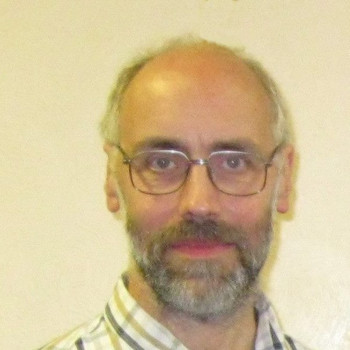Does the construction described below provide a correspondence between natural numbers and their power set?
The binary representation of a natural number is writable as a sequence of #1# 's and #0# 's, corresponding to a sum of distinct powers of #2# . The indices of those powers form a subset of #NN# . So every natural number corresponds to a particular subset of #NN# .
The binary representation of a natural number is writable as a sequence of
1 Answer
This mapping only works for finite subsets of
Explanation:
I think you are suggesting that each set of natural numbers is equivalent to a natural number by forming a corresponding binary number.
That works, provided your sets are finite. So what you have found is a correspondence between the set of finite subsets of
In other words, the set of finite subsets of
This is not the whole power set of
Transposing your binary representations and extending your scheme to infinite strings of
Such infinite strings essentially describe functions from

